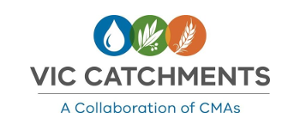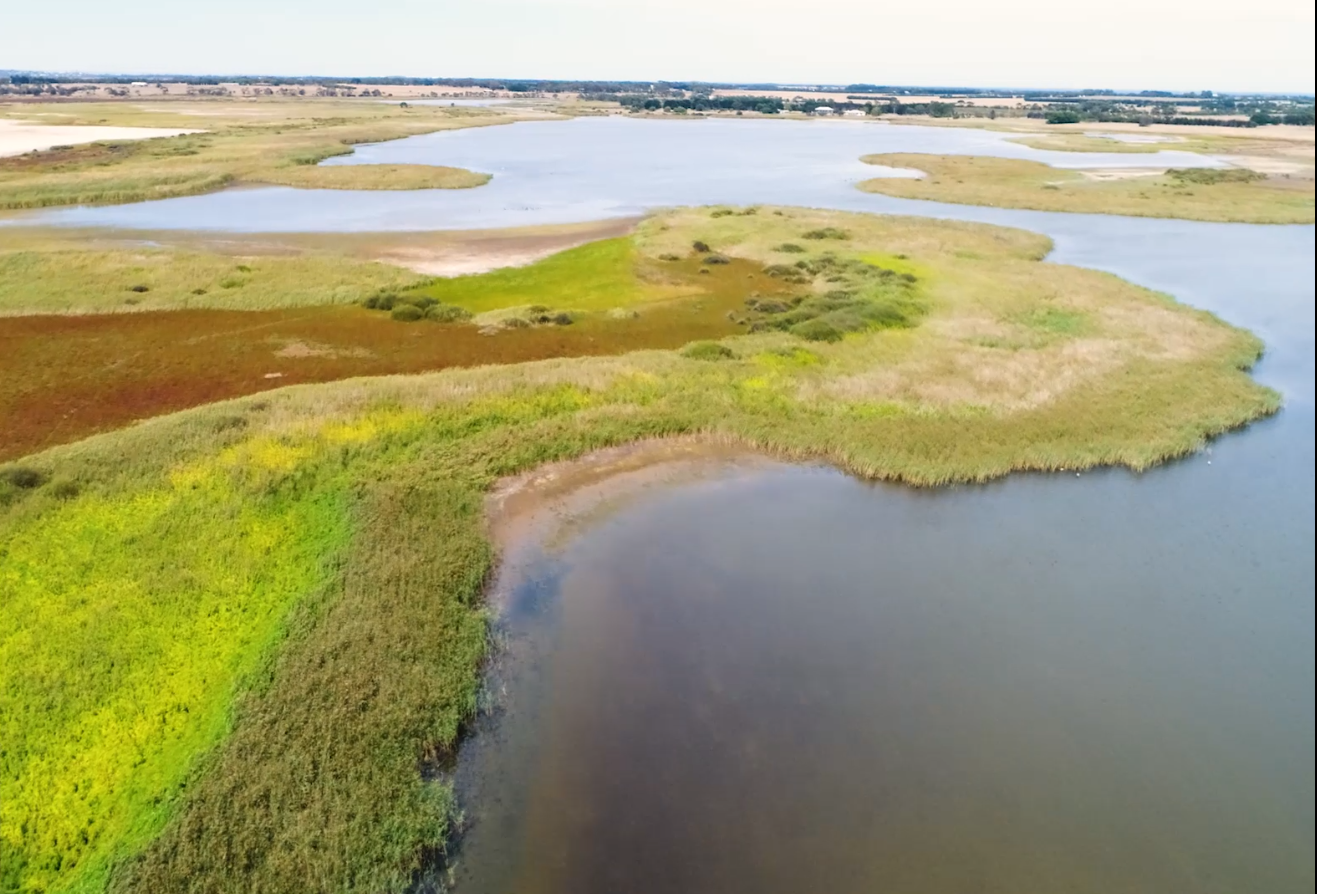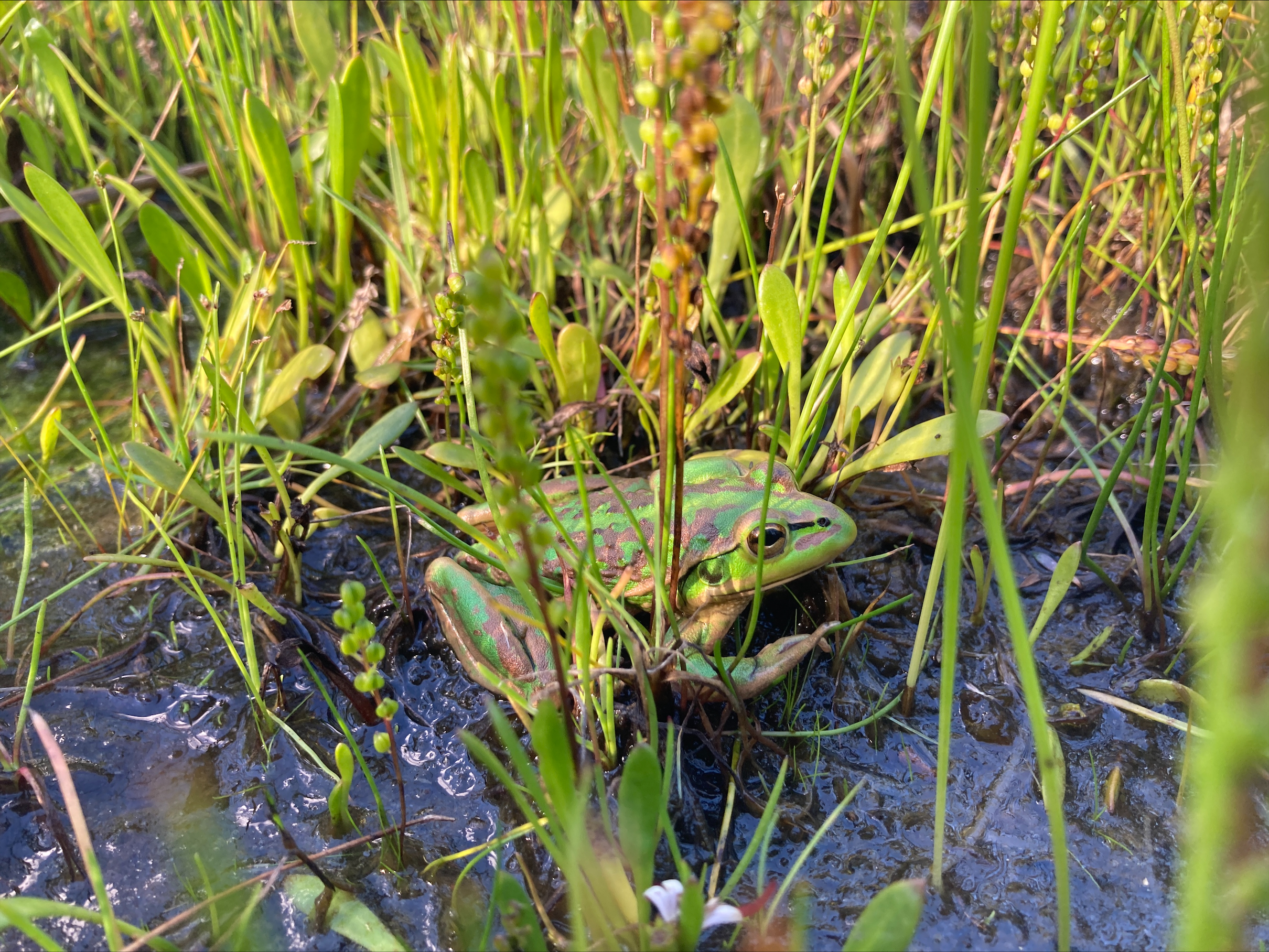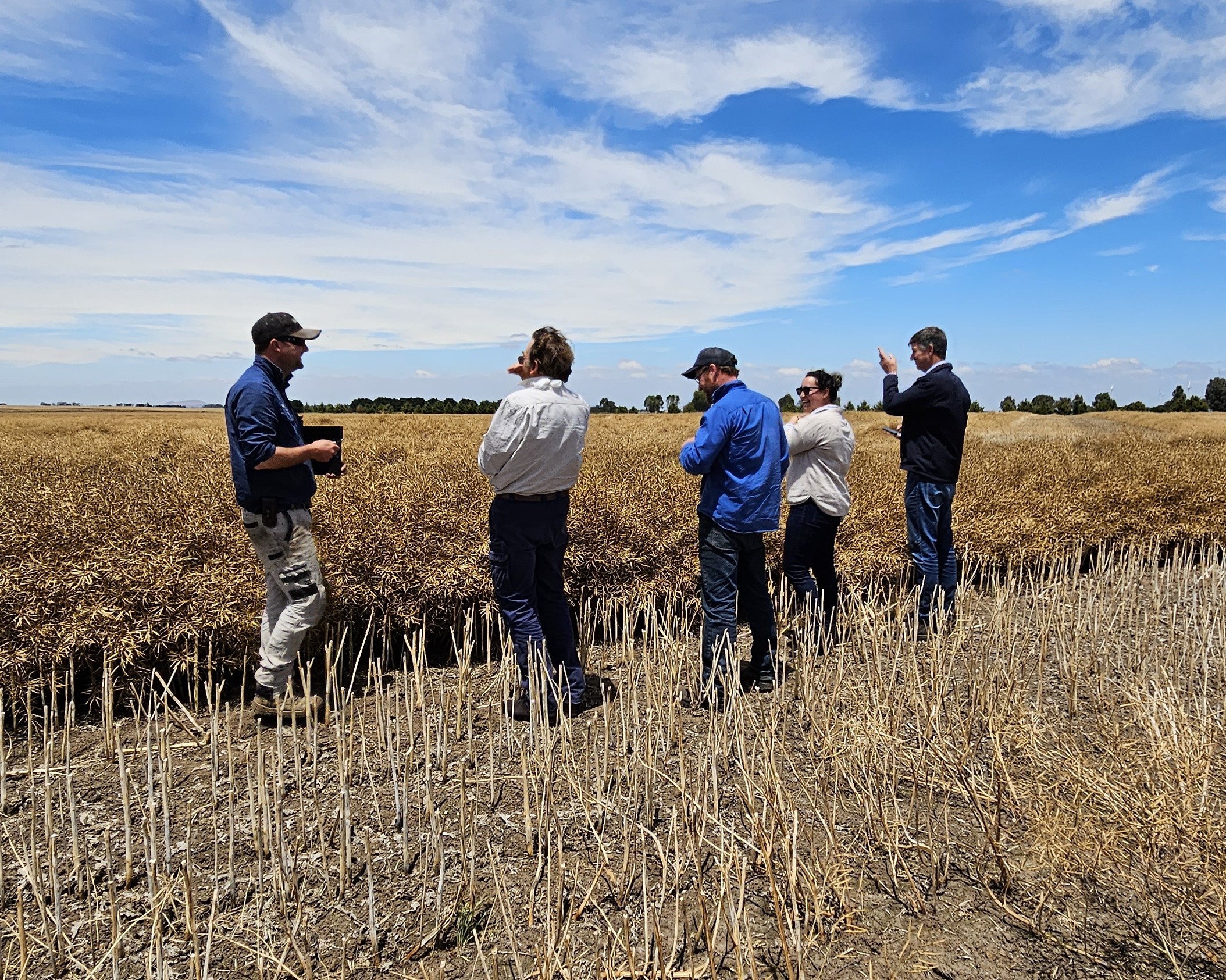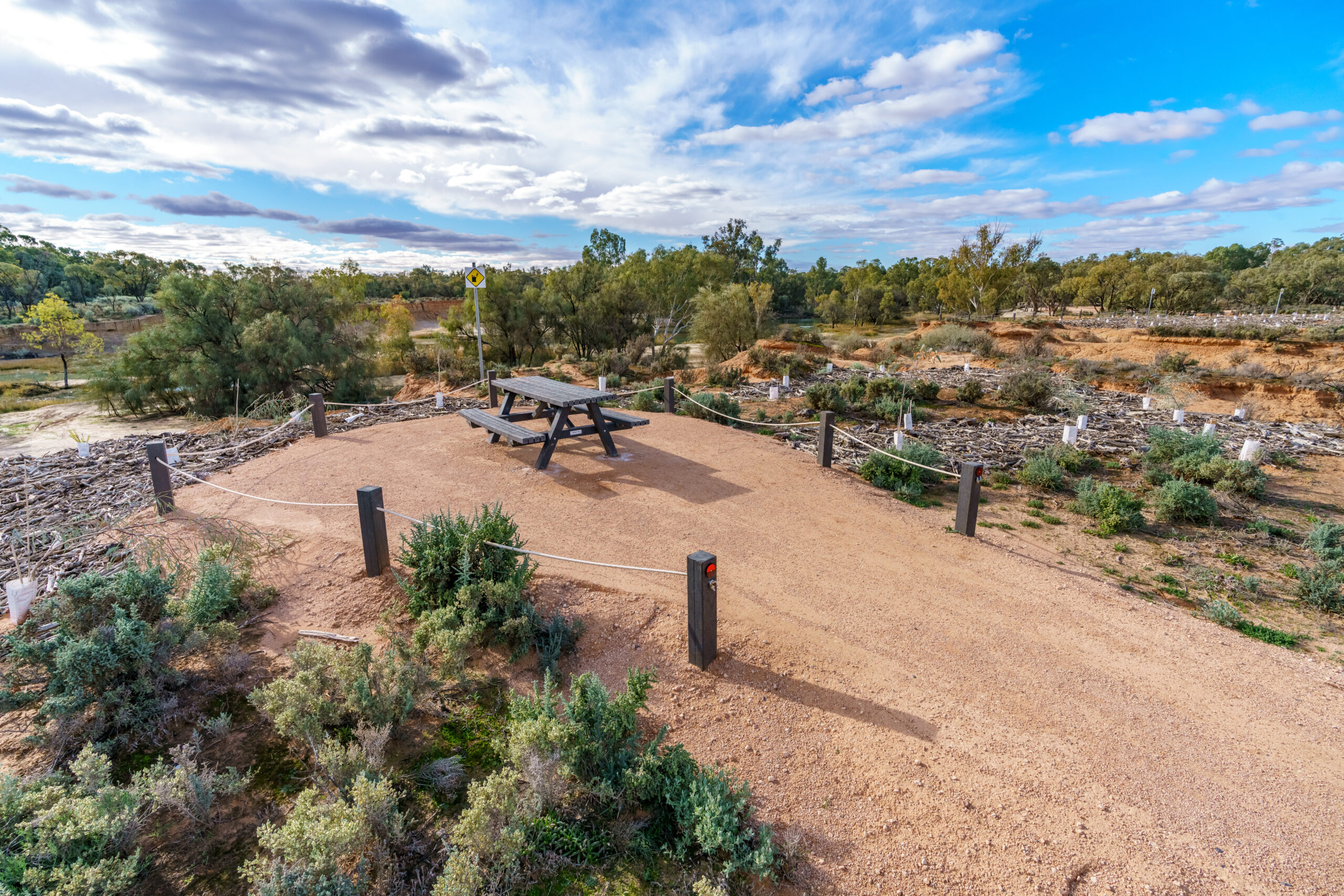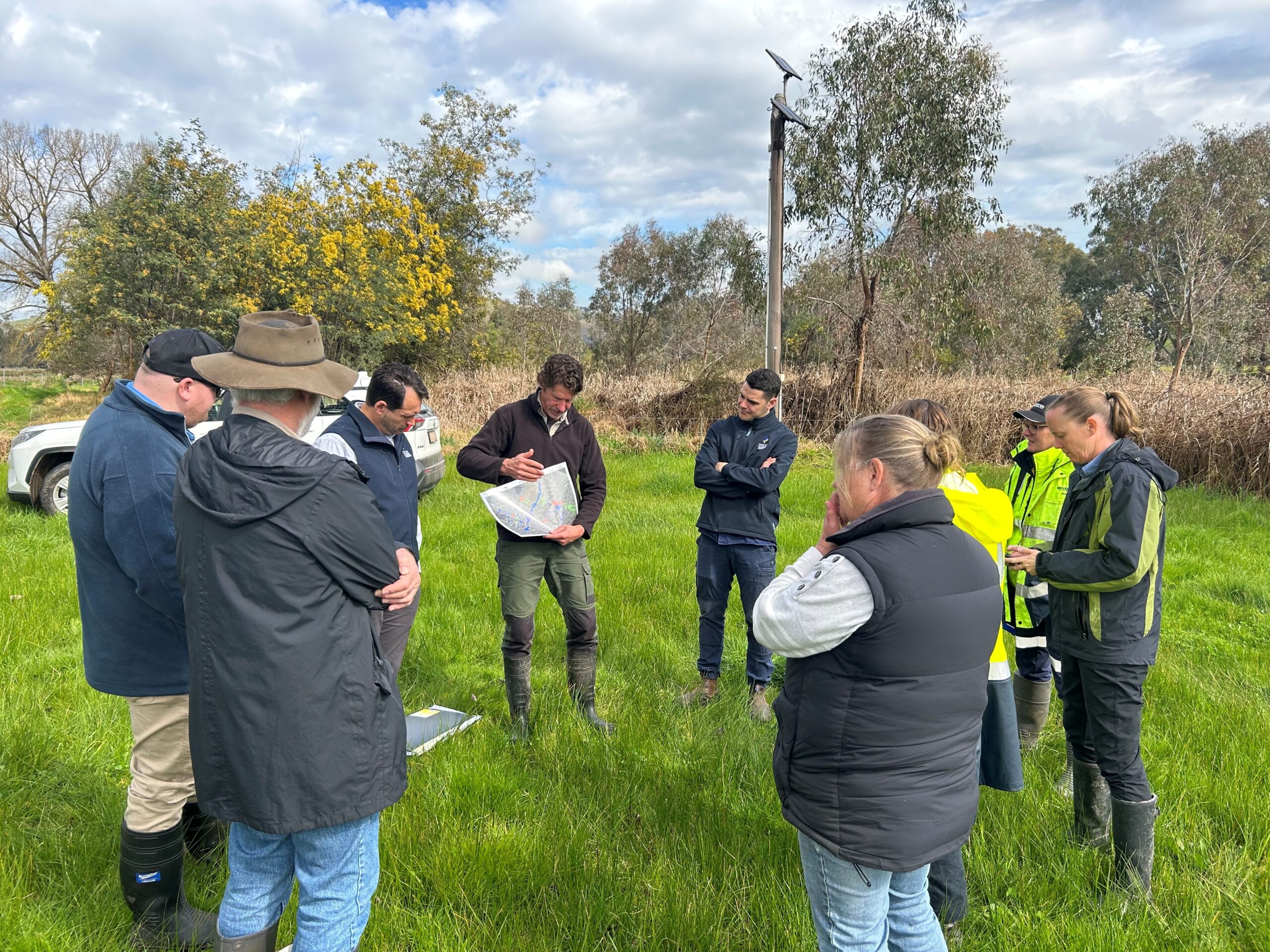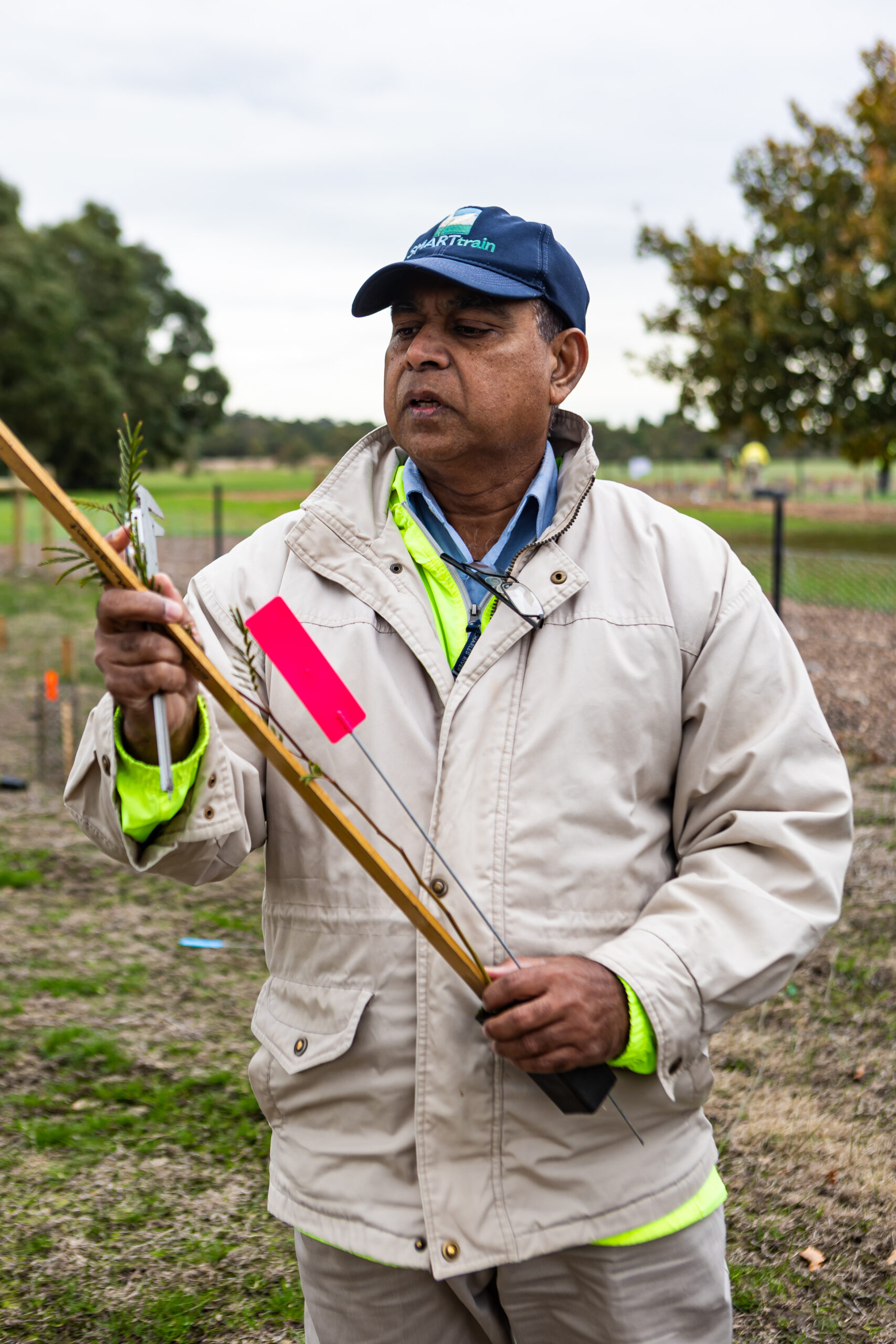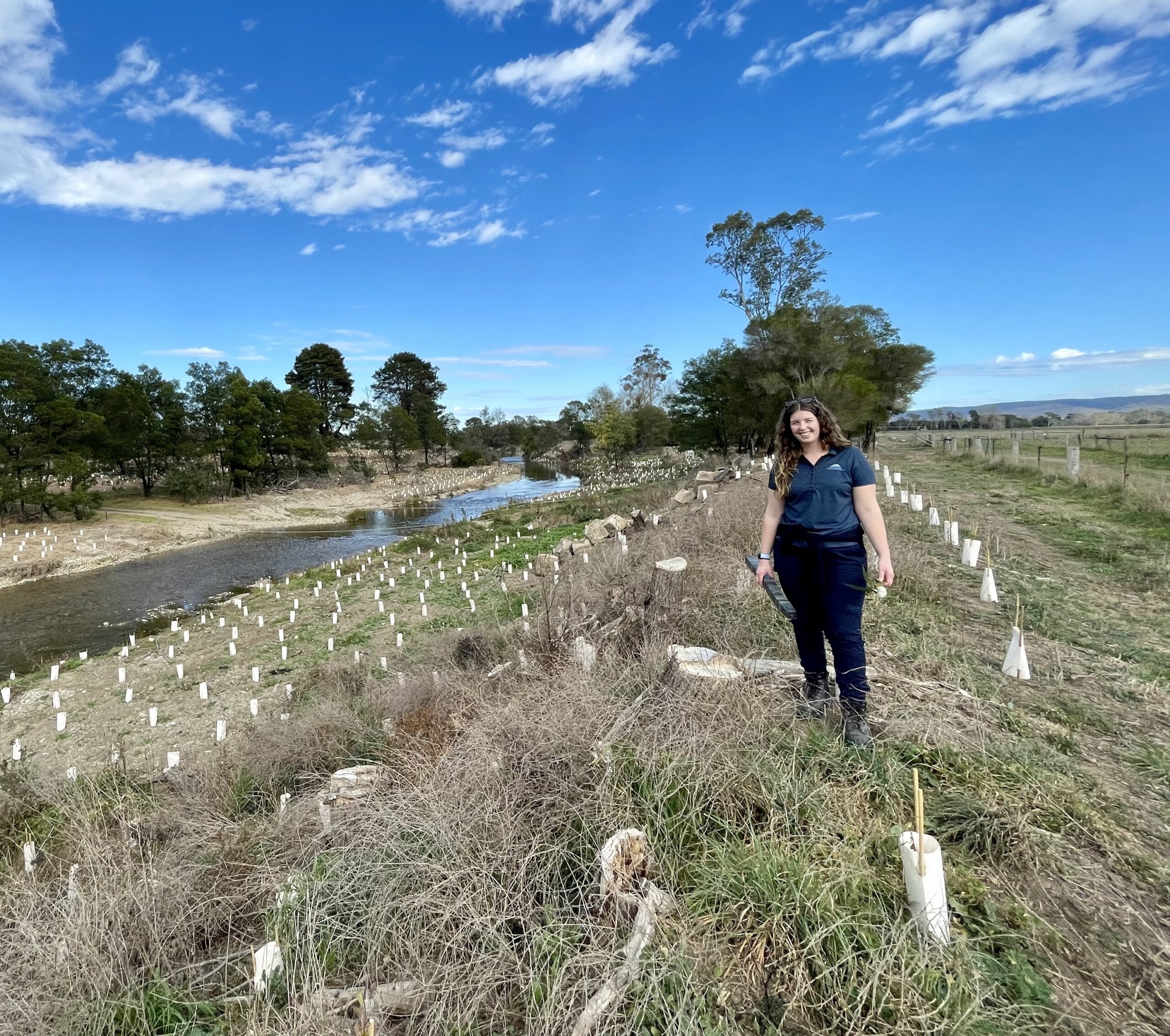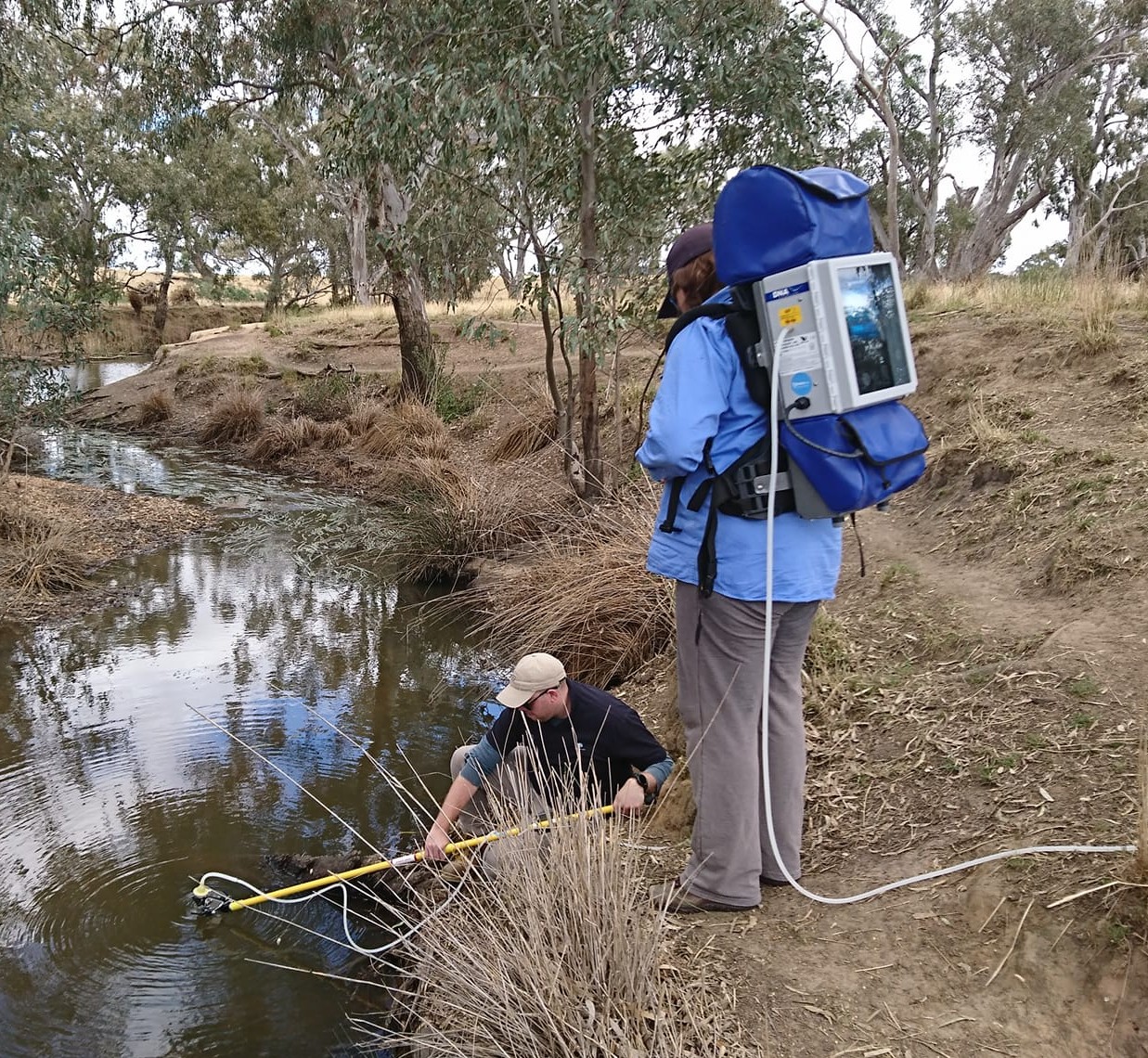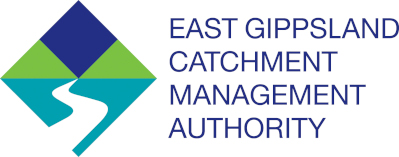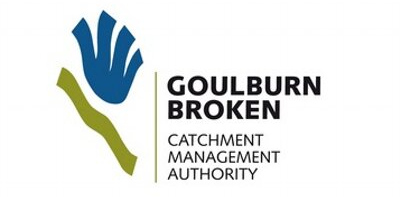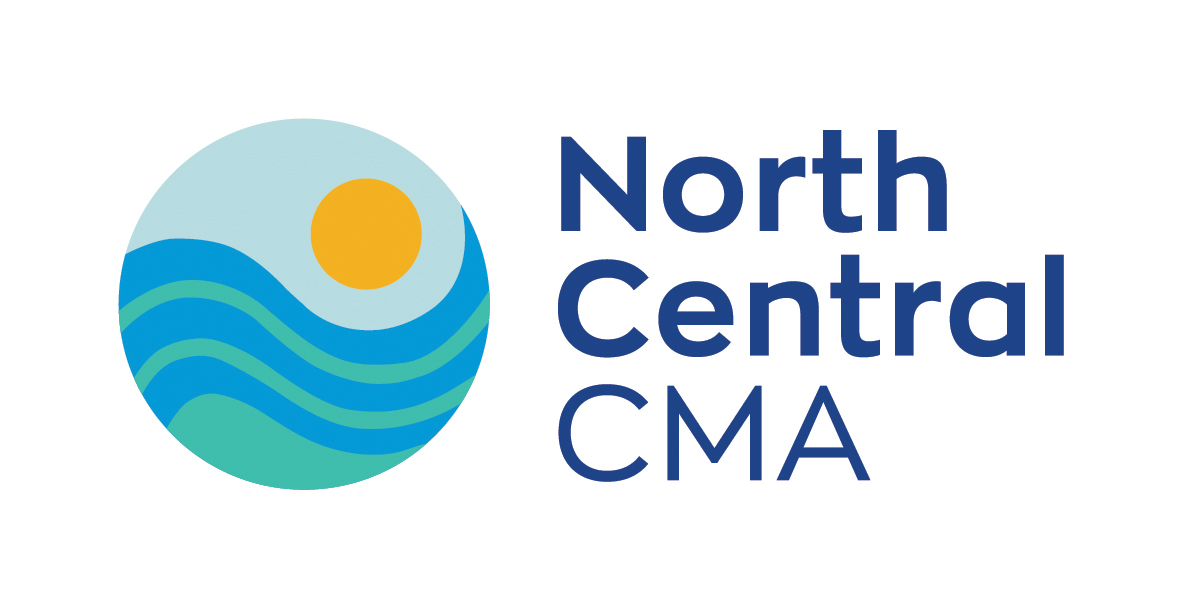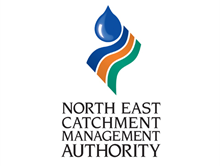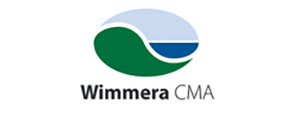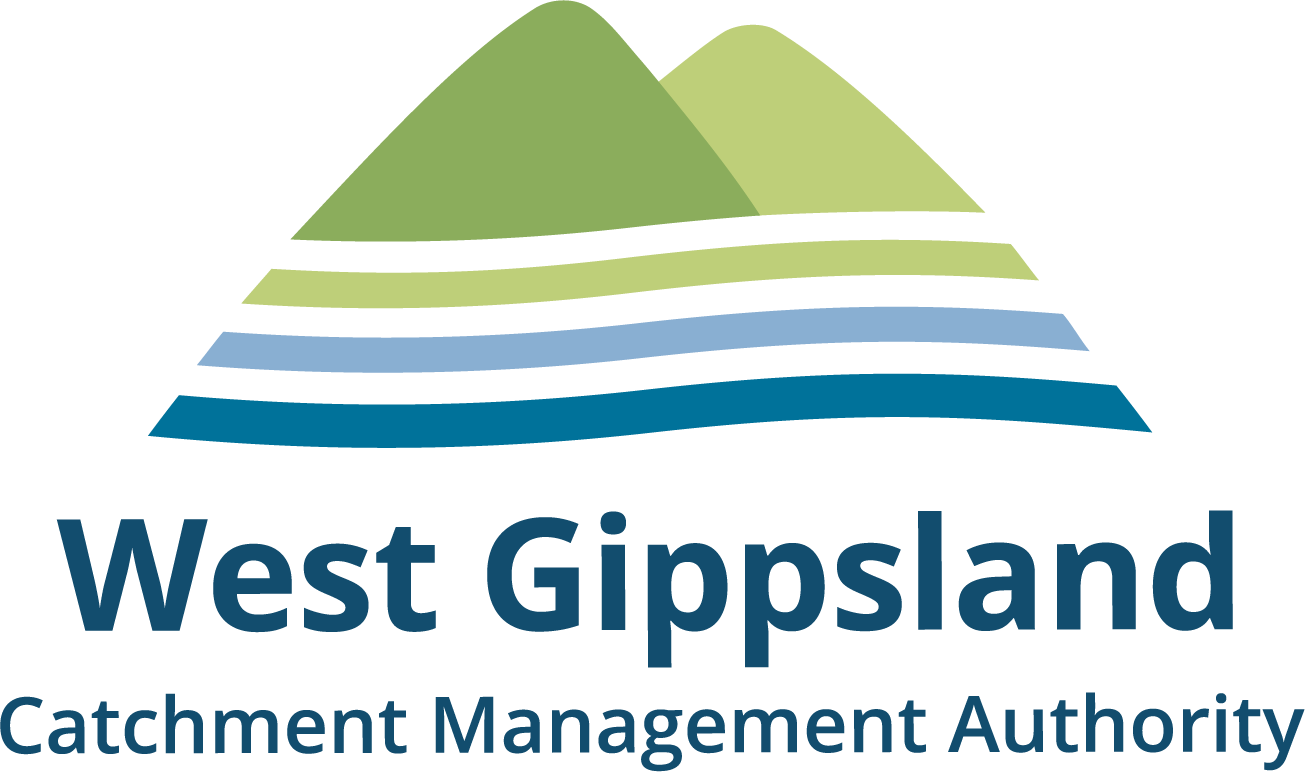Actions and Achievements Report 2024
Read our latest Communiqué
CMAs get it done
Regional Actions and Achievements
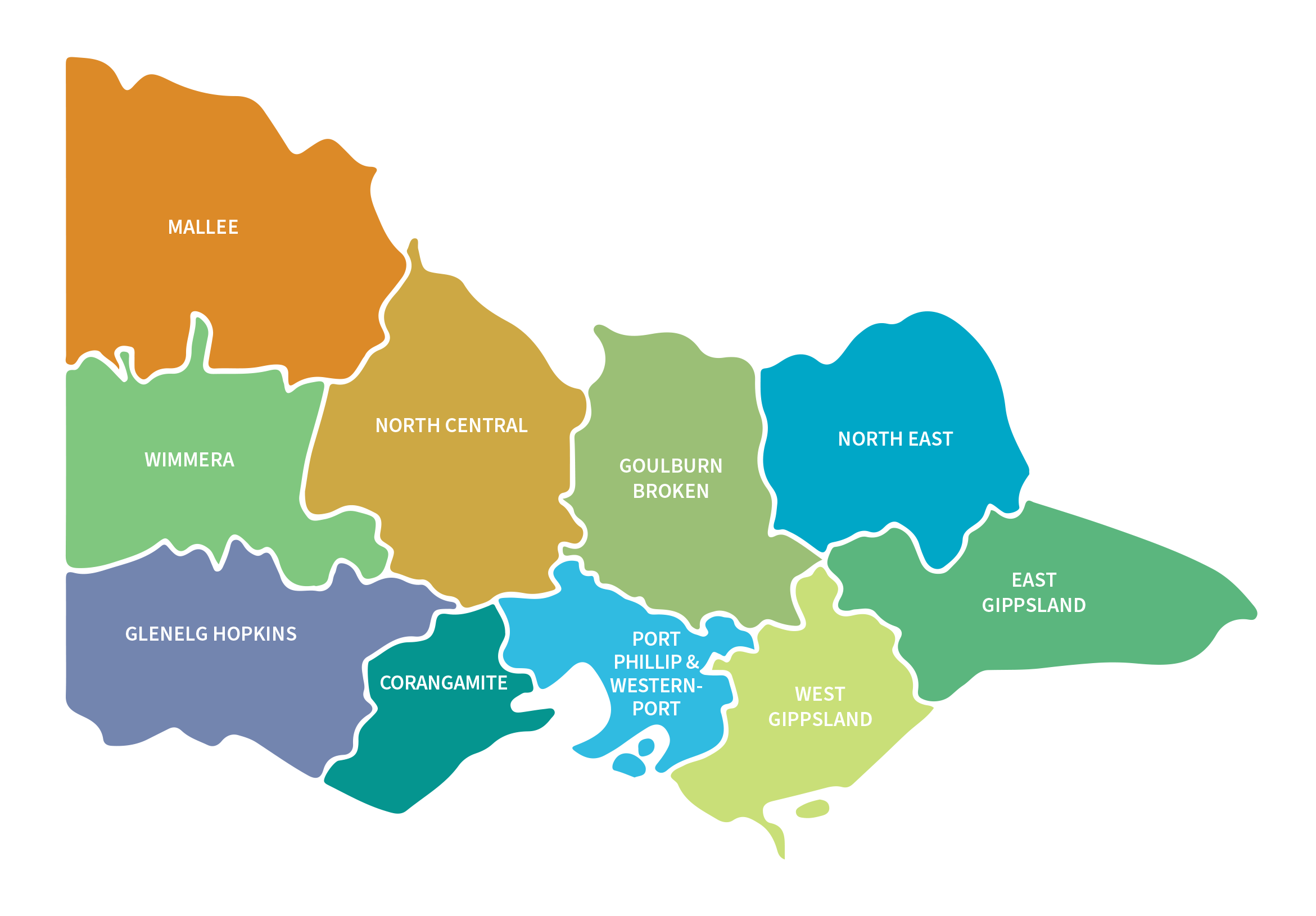
2023-24 achievement highlights
38,447 ha of weed control undertaken reducing competition for our native species, allowing nature to thrive
395 kilometres of fencing installed to protect rivers and wetlands
12,445 approvals and advice for works on waterways
close to 3,000 ha of vegetation was re-established creating habitat for our native species
4,700 ha of land is under improved management with positive agricultural changes taking place
